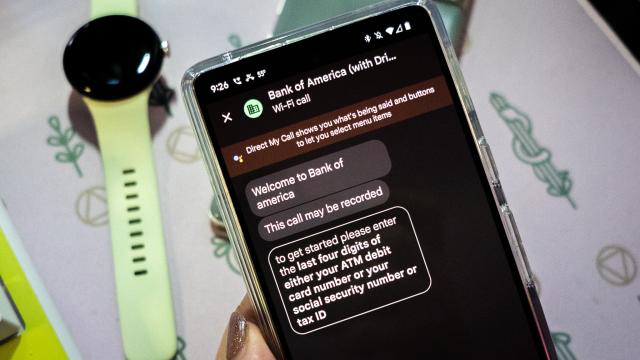The Pixel 7 and Pixel 7 Pro are Google’s latest flagship devices. To make its new phones stand out, the company has bundled them with a bunch of exclusive features made possible by the second-generation Tensor chip powering up the Pixel 7’s insides. Some are seriously helpful. For instance, the automatic cough and snore detection confirmed what others said about my sleeping habits. The new Direct My Call ability will also be beneficial when dealing with customer service lines.
Whether they make the Pixel 7/7 Pro worth buying over Samsung and OnePlus’s perfectly fine Android flagships is ultimately up to you. For me, some of the features are still lacking. Here’s my quick assessment of how some of them work.
Cough & snore detection
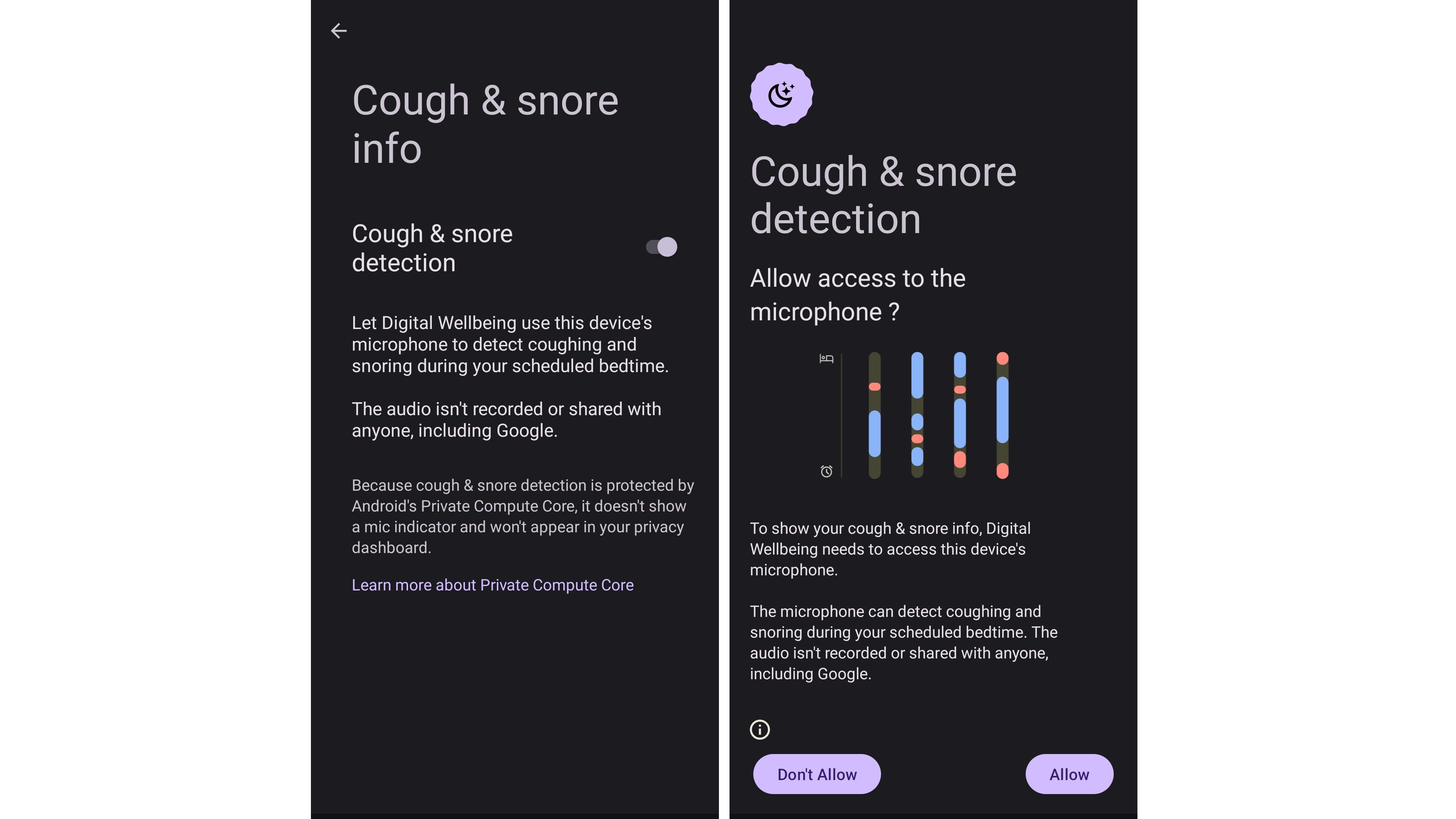
It’s easy to find this feature in the settings panel on your Pixel 7. Use the search bar and type in “cough & snore” or tap into the Digital Wellbeing control panel. If it’s your first time accessing the feature, you’ll see a dialogue window at the bottom asking if you want to set it up.
Once you grant the feature access to the microphone, your phone will listen in as you cough and snore through the night. I’m already a little embarrassed that it caught me within three days of turning it on. If you want to see your results, you can access them through the Clock app.
Again, I’m really embarrassed about my snore score. It appears the nights I go to bed feeling the most tired are when I snore the heaviest. 5/5, this feature works.
Pixel Watch as a Trusted Device
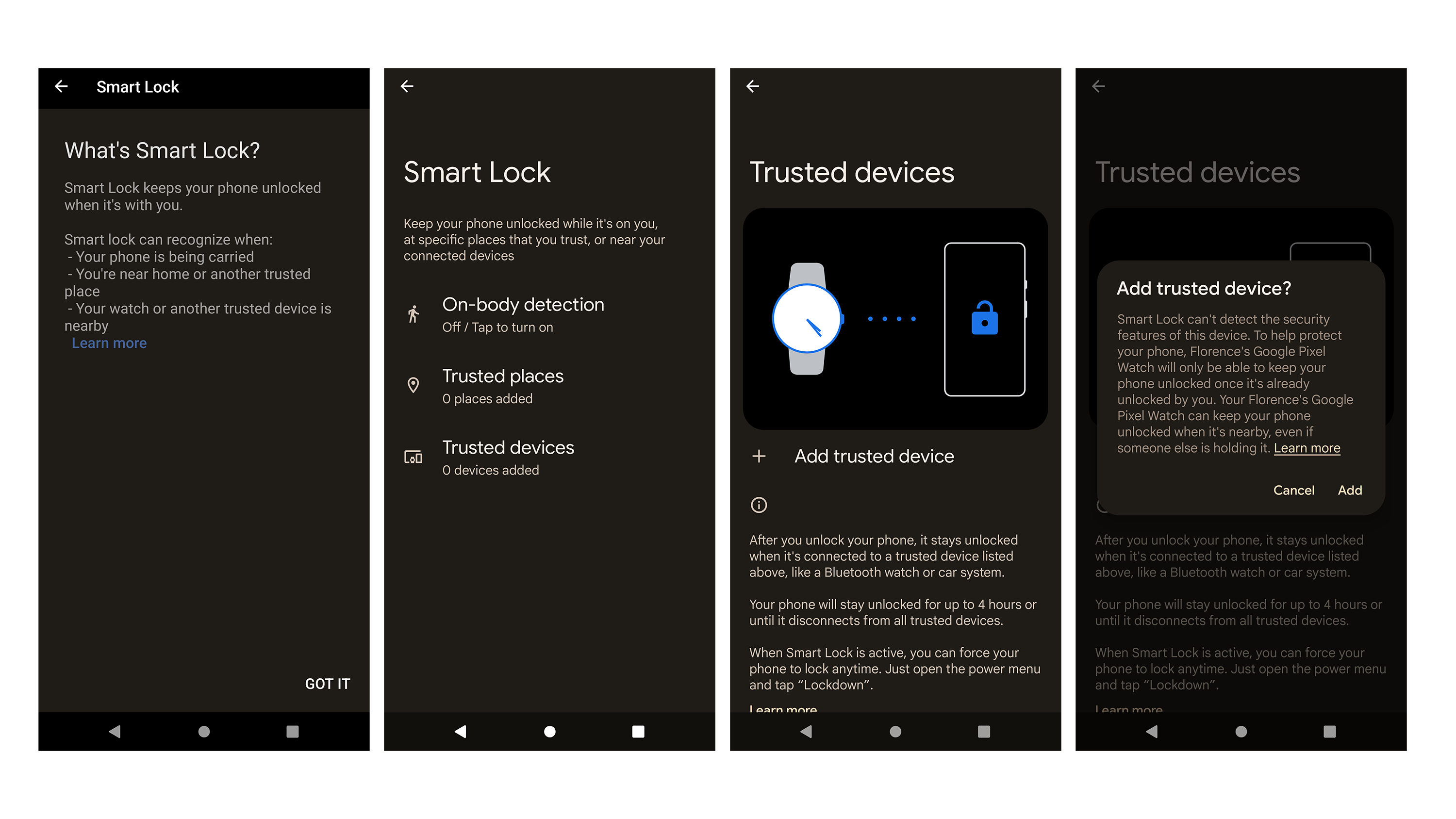
If you’re going to spend the $US350 ($486) starting price for the Pixel Watch, you might as well set it up as a Trusted Device with Android’s built-in Smart Lock. Smart Lock uses Bluetooth on both devices to establish a connection and then unlock the device. It’s quick to set up in the Android settings panel. Tap on Security > More security settings > Smart Lock > Trusted devices. You’re in the right spot if you see a page showing a watch animation. Tap on Add trusted device, then choose your Pixel Watch from the listing.
Once this is configured, the Pixel Watch will keep your phone unlocked after you’ve entered your security credentials the first time. It makes the unlocking process so much faster, especially if you’re sitting at your desk with your watch on and phone nearby. Note that this is a feature built into Android 13, so it’s likely to come to other devices down the line.
I had to enter my PIN about three times on the Pixel 7 Pro unit I’m using with my Pixel Watch review unit. After that, the phone stayed unlocked whenever I picked it up off the Pixel Stand 2, which I have stationed at my desk. You’ll see a little note at the bottom of the Lock screen that says Kept unlocked by Smart Lock when it’s working. I’ll give it a 3.5/5 since I had to unlock the phone a few times before it stuck.
Please, Direct My Call
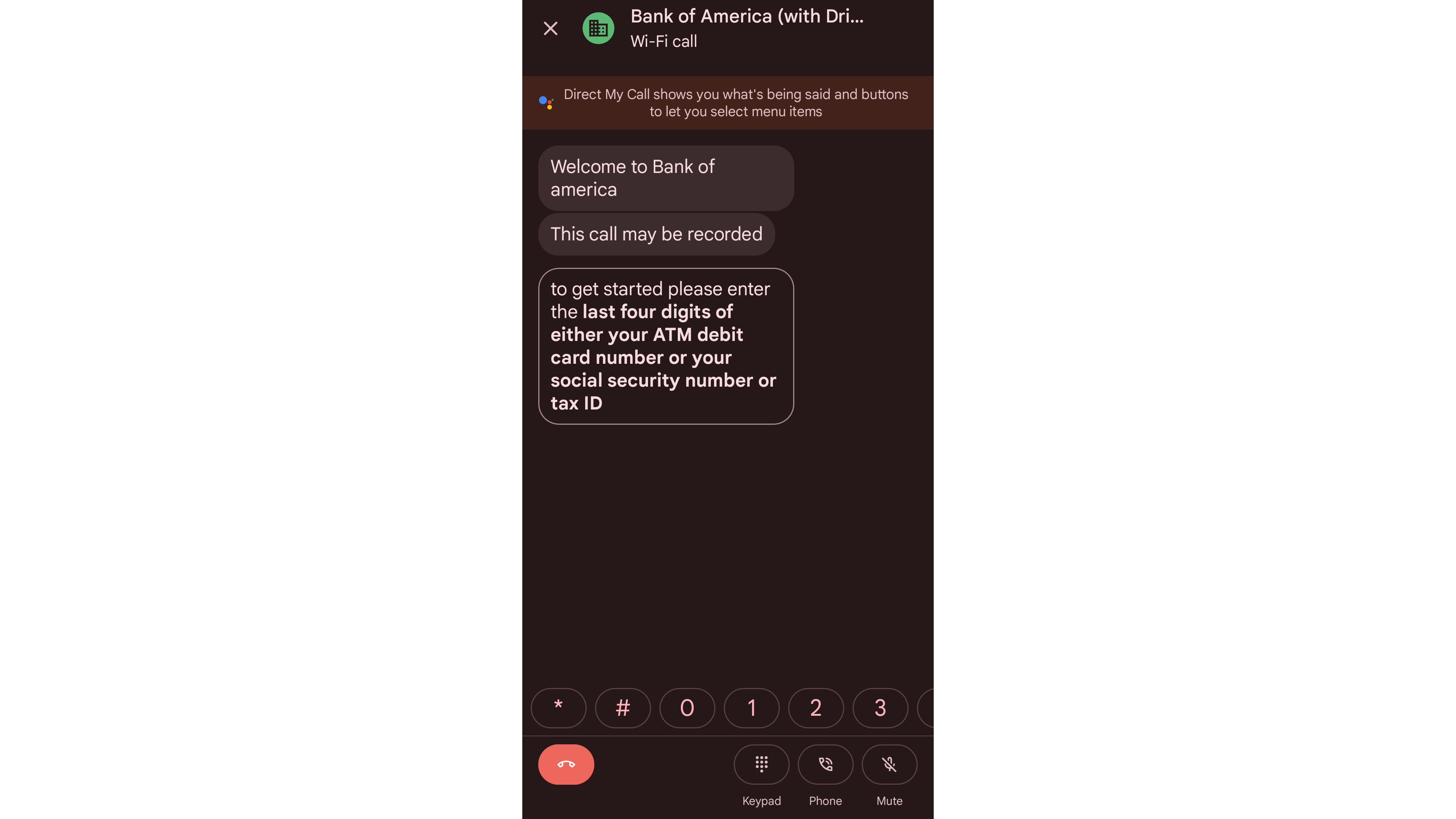
Calling a business with an automated menu is painful, especially if you’re already pissed about the service. The improved performance of Direct My Call on the Pixel 7 will transcribe what the automated voice is saying on the other end, so you don’t have to hold the phone up to your ear. It can even read ahead to move faster through the menu, which should alleviate some annoyance.
In the Phone app, tap More > Settings, then tap on Direct My Call. Select the toggle to turn it on. Now when you dial out to a customer service line from the Pixel’s Dialer app, you’ll get routed through this service, provided Google supports the business.
I called my giant conglomerate bank about three times to try out Direct My Call after enabling it in the settings panel. It worked each time, though I felt like I was crank-calling the bank’s AI. I’ll give this one a 4/5 because I expect it to falter as soon as I have to make a phone call to a smaller business that Google didn’t test with this feature.
Photo Unblur
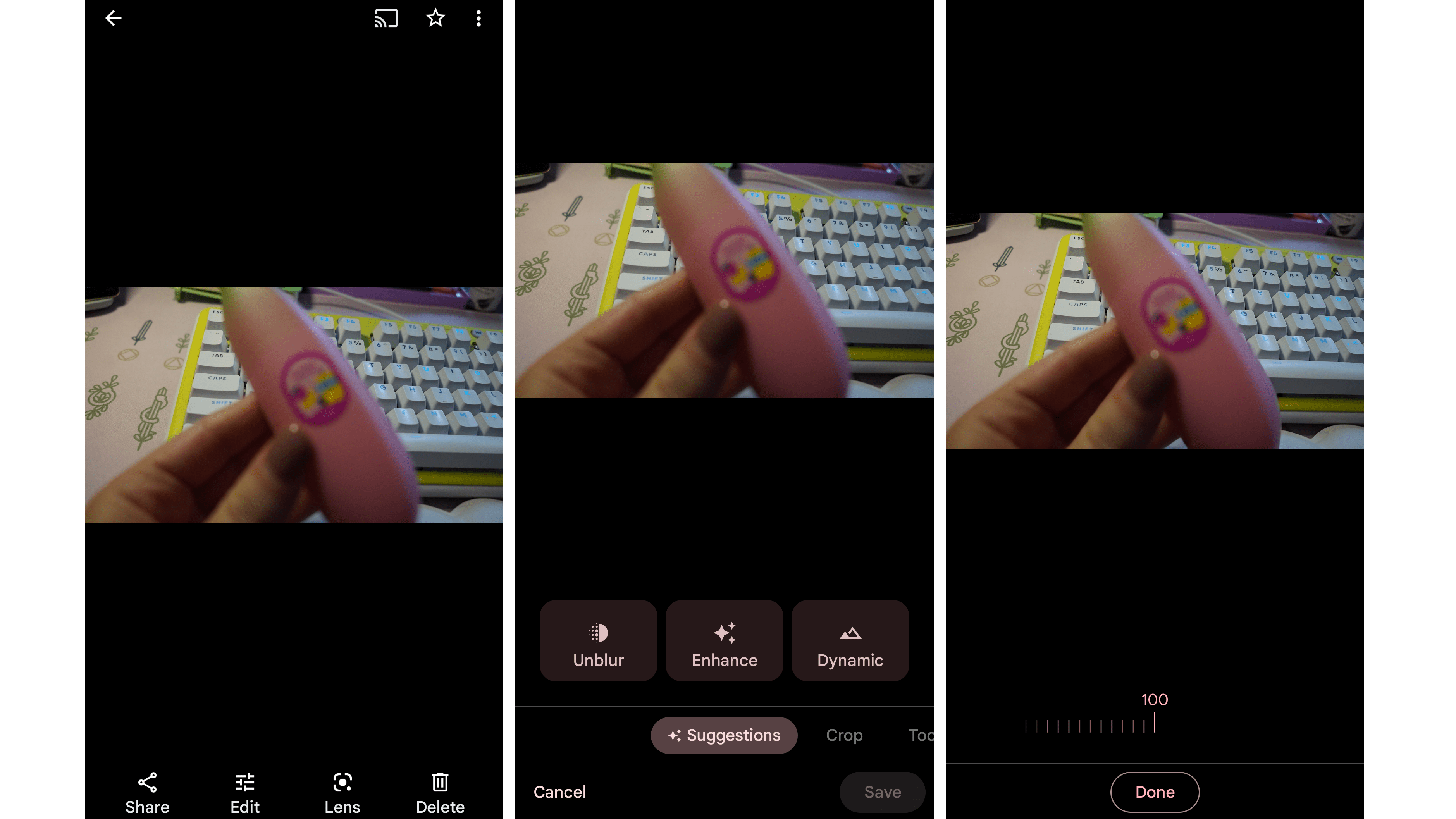
Photo Unblur is available to Pixel 7/7 Pro users currently, as Google says the homemade chip inside the smartphone is what facilitates the ability. It’s the evolution of Face Unblur introduced with the Pixel 6, which, as you guessed it, restores faces and brings back some composition. Photo Unblur is an editing option through the Google Photos app, but you’ll only see it pop up if you’re on compatible hardware.
It took me a long time to find a photo that would work to illustrate what this feature does. Google swears it works with photos taken by other cameras. I’m still not sure I’ve managed to figure it out. Photo Unblur is supposed to sharpen the photo so that the image doesn’t look so soft. But it barely worked in the four photos I tried with it, all of which were out of focus and shot with other cameras. I give it a 1/5 — it’s not zero because I’ve seen it work for other devices. Leave a comment if you manage to get it working, and maybe we can improve this score.
Active Stabilisation

Google wants you to use the Pixel 7 and 7 Pro’s maximum 4K resolution video recording capabilities. But you’ll want to enable Active Stabilisation, so the video appears smooth and shareable.
You can enable this feature in the Camera app by sliding over to Video recording mode, then tapping on the little hand-shake icon in the bottom right-hand corner. Select Active for the video stabilisation option if you’re planning to take the Pixel 7/7 Pro out on a jet ski or horseback — something shakey and unstable.
My life has not been very exciting, so I haven’t been able to fully test the abilities of Active Stabilisation. But for walking down the street, when I’m filming my daily mental health walk, I can say it stabilizes the image so you can’t tell how much I bounce around. A solid 3.5/5 until I get on a jet ski to test it out.
Cinematic mode

Cinematic mode isn’t as pristine as on the iPhone. But it does increase the bokeh effect in the background of a video so that there’s more depth if you’re close to an object.
To enable it, slide over to the Cinematic Mode in the Camera app, then record your video. You’ll notice in the preview window that the objects around your main focus point are slightly blurred as if you were snapping a photo in Portrait mode.
Cinematic mode is fine, but it will take some learning to figure out where to best use it. So far, I find it helpful for taking emo mechanical keyboard clips for social media. Another solid 3.5/5 since it’s still got nothing on Apple’s equivalent mode for the iPhone.
Guided Frame
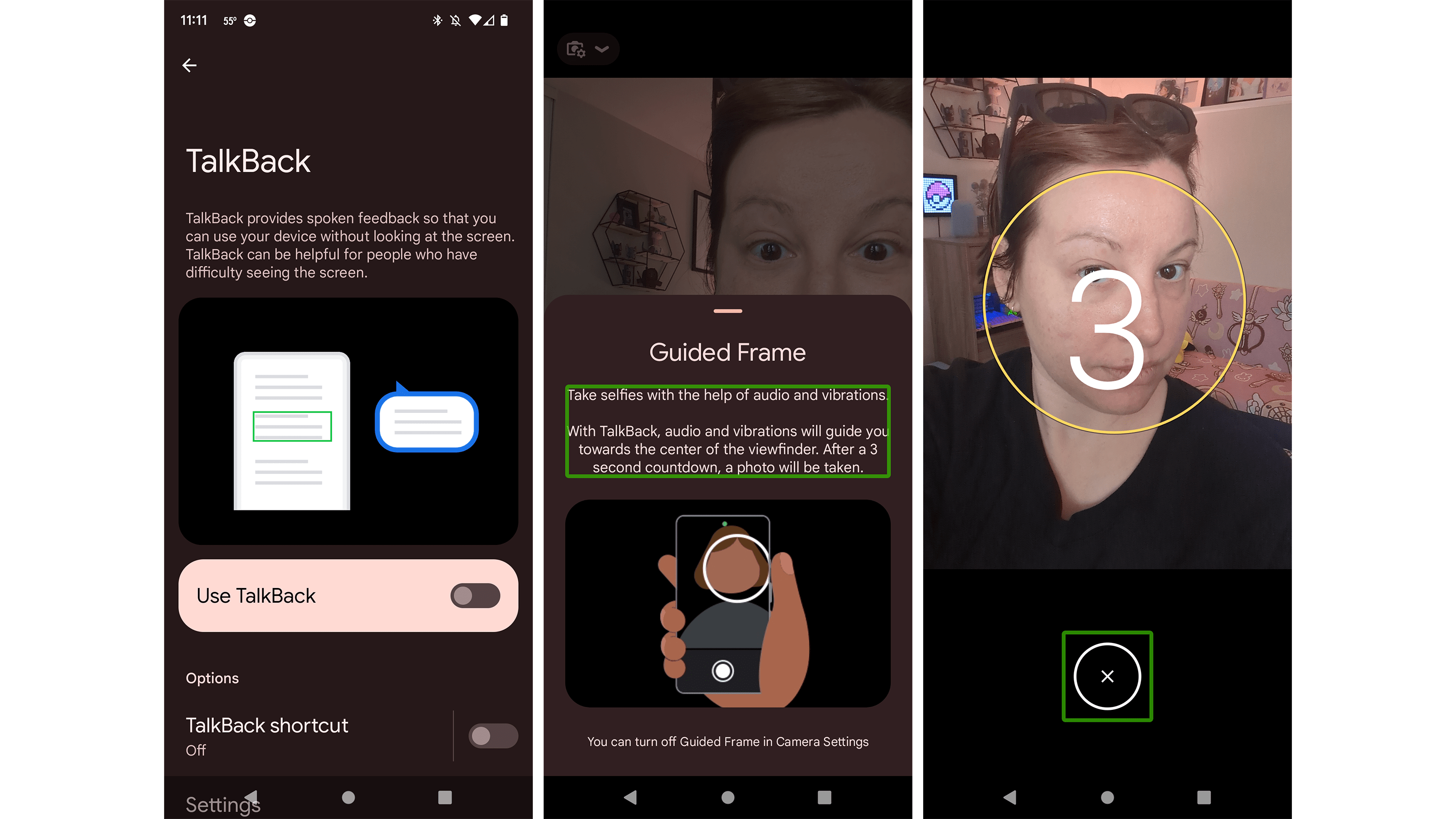
The Pixel 7/7 Pro is the first to offer an Accessibility feature called Guided Frame, which effectively guides folks with vision impairments to take a selfie with the help of the Assistant. But to use the feature, you’ll have to enable another accessibility feature called TalkBack.
In the settings app, tap Accessibility > TalkBack and then turn it on. You’ll know it’s on when you hear the phone dictate every touch you make. It can initially be a little overwhelming if you’re not used to the feature.
Once TalkBack is enabled, jump immediately into the Google Camera app to take the selfie. It will take a little time to get there with the usual method since TalkBack requires you to tap twice on each interface element; the first tap announces what the button does, and the second tap actually does the thing.
I like the idea of Guided Frame, but it’s definitely a feature meant to take a selfie. It is not an art director. This isn’t Android’s way of framing your face in the most perfect way possible; it’s simply ensuring that the camera has you clear in the frame in case you’re unable to see it yourself. I give this a 5/5.
Automatic audio message transcription
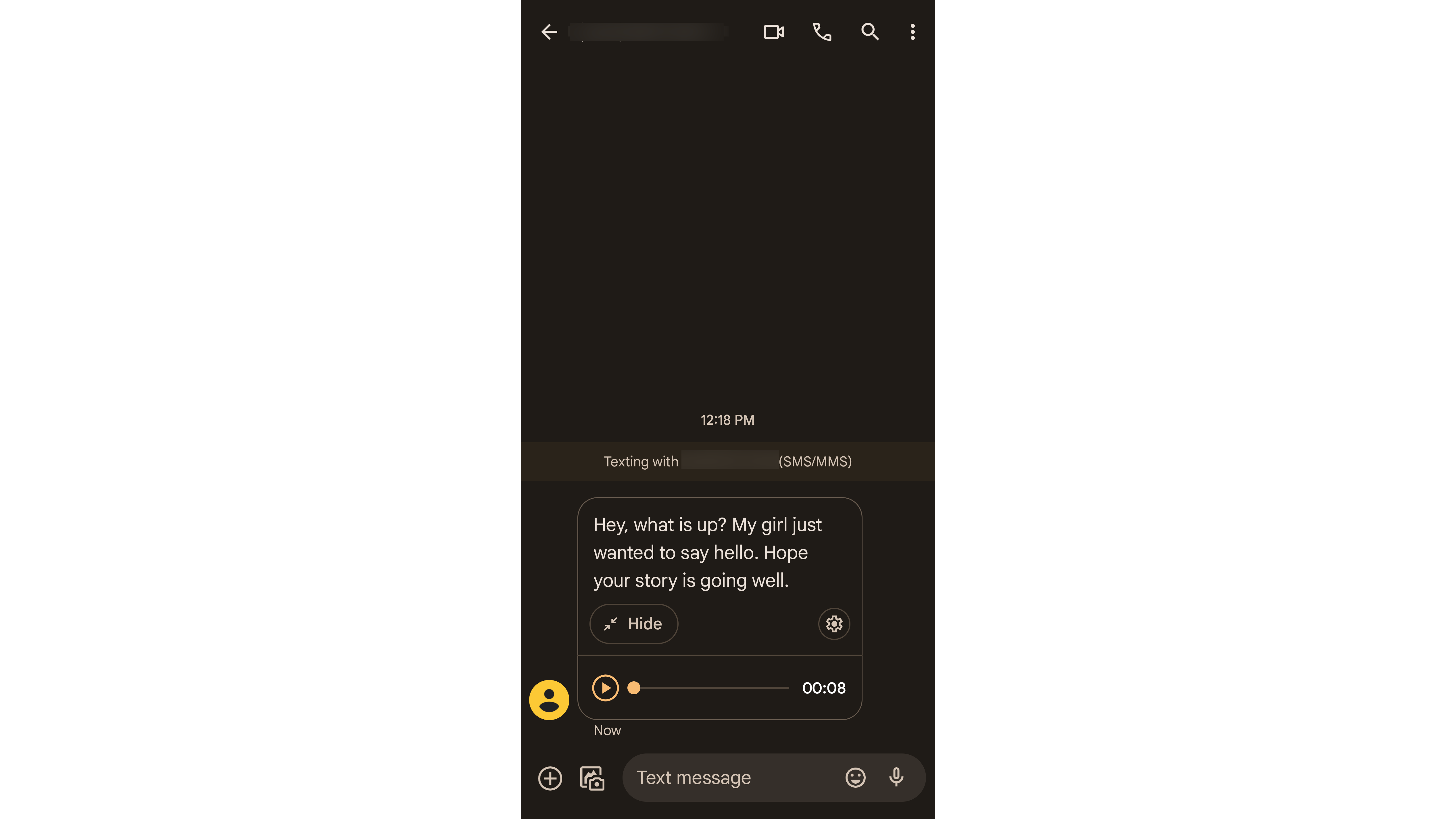
Alright, this isn’t going to be a Pixel 7/7 Pro exclusive much longer since Google announced it would be coming to the Pixel 6 and select Samsung flagship devices. But it is worth knowing about.
If you send or review voice messages — or memos, as they’re casually called — whether it’s from your iPhone-using friends or a family member on another Android device, the Messages app will transcribe the audio before you even listen to it. It works pretty well, though you do have to open up the Messages app and allow the transcription feature to engage before it relays anything. The ability is available in English, Japanese, German, and French.
I tested this feature from my iPhone 14 Pro Max review unit. I sent out a voice message to the Pixel 7 Pro review unit. It took about a minute to process. The punctuation was a little off in the ultimate transcription, but it still got the voice message’s basic gist before I could listen. 5/5
